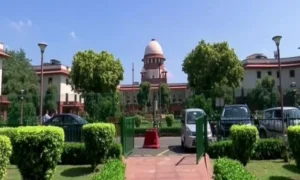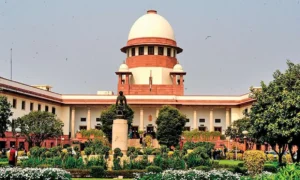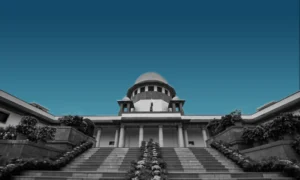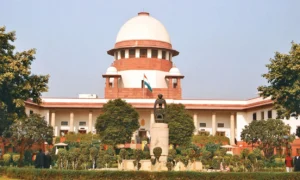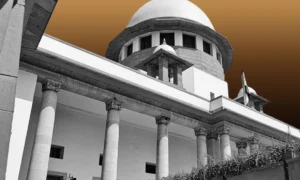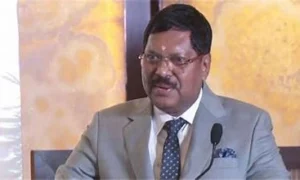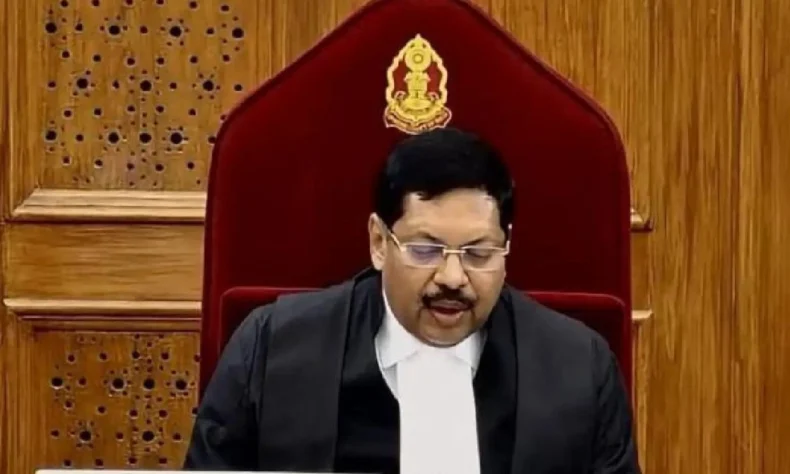
By Sanjay Raman Sinha
Chief Justice of India BR Gavai recently raised a critical concern that has long simmered beneath India’s justice system: the urgent need for stronger judicial infrastructure and closer coordination between the judiciary and the executive. While the doctrine of separation of powers dictates independence, in reality, the judiciary remains financially tethered to the executive—a dependence that often stifles progress.
The centre supports state governments through Centrally Sponsored Schemes (CSS), yet fund utilization by the states remains dismal. Take, for instance, the Rs 5,000 crore special grant recommended by the 13th Finance Commission for judicial infrastructure—nearly 80 percent of it remains unspent.
Recently, the Madras High Court ruled that citizens have a fundamental right to adequate judicial infrastructure, holding state governments accountable to provide it without hiding behind budgetary excuses.
According to the India Justice Report, India’s 11 richest states allocated Rs 1.97 lakh crore for justice systems in 2024-25—a 36 percent increase over 2022-23—but this represents just four percent of their total budgets. On average, states spend only Rs 389 per person annually on justice. Despite India spending Rs 12,000 crore (0.01 percent of its GDP) a year on its judiciary, the system continues to falter under the weight of inadequate facilities.
The centre currently runs two major CSS initiatives—one for physical infrastructure upgradation and another for the e-Courts project, designed to modernize India’s judicial ecosystem. Between 2019 and 2025, the e-Courts project received Rs 2,457 crore, computerizing over 18,700 courts and enabling video conferencing in 3,200+ complexes. The next phase envisions AI-driven, paperless courts with a Rs 7,210 crore allocation.
Yet, on the ground, physical conditions remain deplorable. A 2019 survey of 665 district courts revealed that only 54 percent had waiting rooms and 40 percent had functional washrooms. Accessibility features were scarce—just 27 percent had ramps, and a mere two percent had Braille notices. For many litigants, the journey to justice begins in a court complex that is itself inhospitable.
Meanwhile, over 46 lakh cases have been languishing in district courts for more than a decade. Poor infrastructure, lack of digital access, and inadequate facilities all contribute to judicial inefficiency, deepening the crisis of delayed justice.
Although the e-Courts project has ushered in a digital revolution, its potential remains underutilized, especially in lower courts where connectivity, training, and implementation lag behind.
In 2021, former Chief Justice of India NV Ramana proposed the formation of a National Judicial Infrastructure Corporation to spearhead infrastructure development across district courts. The idea—widely welcomed—remains unrealized.
Experts say the problem is not only financial, but also administrative. Funds are often underutilized or diverted for non-judicial purposes, while a lack of accountability hampers execution. Judges, by their own admission, are not trained administrators of infrastructure projects. Without a dedicated nodal body and stronger coordination between centre and states, India’s judicial infrastructure will continue to crumble under the weight of inaction.
The verdict is clear: justice delayed is not only justice denied—it is also a reflection of a system built on shaky foundations. The time has come to build a stronger house for justice.
📰 Crime Today News is proudly sponsored by DRYFRUIT & CO – A Brand by eFabby Global LLC
Design & Developed by Yes Mom Hosting

